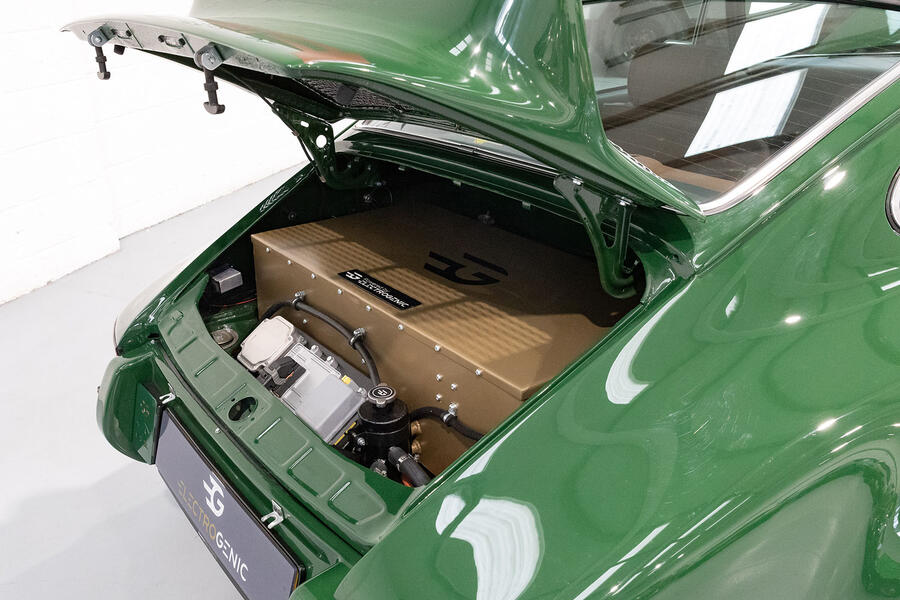Think what you like about ‘electromodded’ classic cars; love them or hate them, there is definitely demand for them - and it’s taken North Oxfordshire’s conversion specialist Electrogenic to what you might call the second phase of its expanding business model.
Having spent five years doing bespoke conversions of cars as different as a Citroen DS, Daimler Majestic Major, Reliant Kitten and TVR Cerbera, then, the firm is now acting as a supplier of ‘electrification swap’ kits to be fitted by any one of a number of independent garage partners around the world.
North America clearly loves the idea of an electrified classic, by the look of Electrogenic’s growing network of fitters; California especially. But there’s interest in them much more widely, particularly from younger customers who want to own and drive something ‘classic’, but don’t feel expert enough to be able to look after an ageing combustion engine.
While it’ll continue to do a small number of bespoke EV conversions every year at its Kidlington HQ, then, Electrogenic’s main business has just become the construction and supply of ‘electromodification’ - or R-EV - kits for three classic cars in particular: post-1983 Land Rover Defenders, Jaguar E-Types, and both G-Series and ‘964’ generations of the Porsche 911.





































